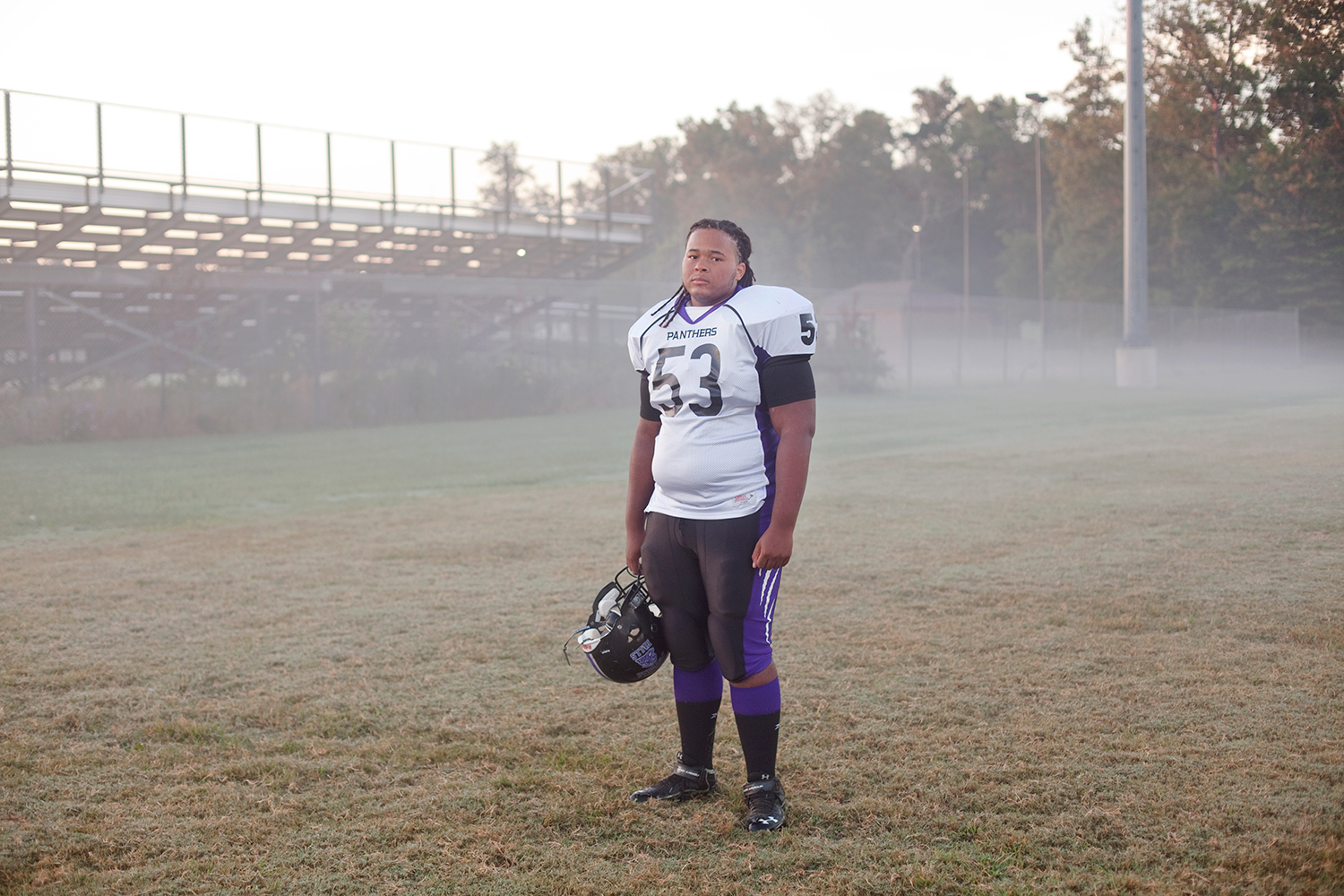
At a time when some have been theorizing the end of men, in what state do we find the world of boys? For this week’s issue, Rosalind Wiseman, author of Masterminds and Wingmen: Helping Our Boys Cope with School Yard Power, Locker Room Tests, Girlfriends, and the New Realities of Boy World, writes on shifting gender norms and our culture’s steadfast tendency to treat adolescent males as “emotional illiterates.”
To illustrate the story, TIME commissioned photographer Laura Pannack, known for her intimate and highly nuanced portrayals of adolescents and young adults. Her portrait of “Graham,” a young man struggling with anorexia, pictured on slide 6, earned her World Press Photo 1st Prize, Portrait Singles in 2009.
For the subjects mentioned in the magazine (slides 1, 4 and 5), Pannack traveled to Virginia and LA to produce environmental portraits at locations they felt most at home. She returned to her native UK later on to scout out other young men as illustrative subjects (slides 2 and 3), and as for a location, settled on the fog-shrouded hills of Devil’s Dyke in Brighton, “a special but anonymous place,” she calls it.
“I try to avoid working with models at all costs and relished the chance to give the opportunity to a few local teens,” Pannack says. “I wanted to shoot at sunrise because of the morning light. Armed with coffee, we started early each day, and it fit well with the boys’ school time table.”
The distinct quality of Pannack’s portraits which makes them so compelling comes about from the interaction and exchange between subject and photographer during the shoot.
“I spent as much time one-to-one with the boys as they were willing to let me, attempting to connect and empathize and get to know them as individuals,” she says, “rather than just subjects who were representing a theme.”
Once the photographer develops a connection, the subject becomes more at ease, their mind free to wander, their faces more open to project out their interiority.
“When my subjects are reflecting, they enter a world that I try to gain access to,” she says. “Sometimes when they are deep in thought, they look sad or vulnerable, but I think silence and focus are essential in creating an engaging atmosphere.”
Going through her wider portfolio, viewers may notice that this atmosphere and sense of vulnerability is also generated at times by occasional various stages of undress.
“Stripped bare, people can’t hide behind clothing or distract the viewers attention with colors, textures or patterns,” she says. “Skin is beautiful and unique and it has an eternally captivating quality. When partially nude, my subjects often find it easier to focus on the moment and become more aware of the elements — the wind against their arms, the rain on their backs — therefore slipping into a more meditative state.”
(You can read the magazine feature, “What Boys Want: Why Hook-Up Culture Doesn’t Just Hurt Girls,” here. And, watch a video with author Rosalind Wiseman and three of her teenage co-editors discussing friendship, loyalty and what they don’t talk about with their parents here.)
Laura Pannack is a British photographer based in London and a recipient of the World Press Photo 1st Prize, Portrait Singles.
Eugene Reznik is a Brooklyn-based photographer and writer. Follow him on Twitter @eugene_reznik.
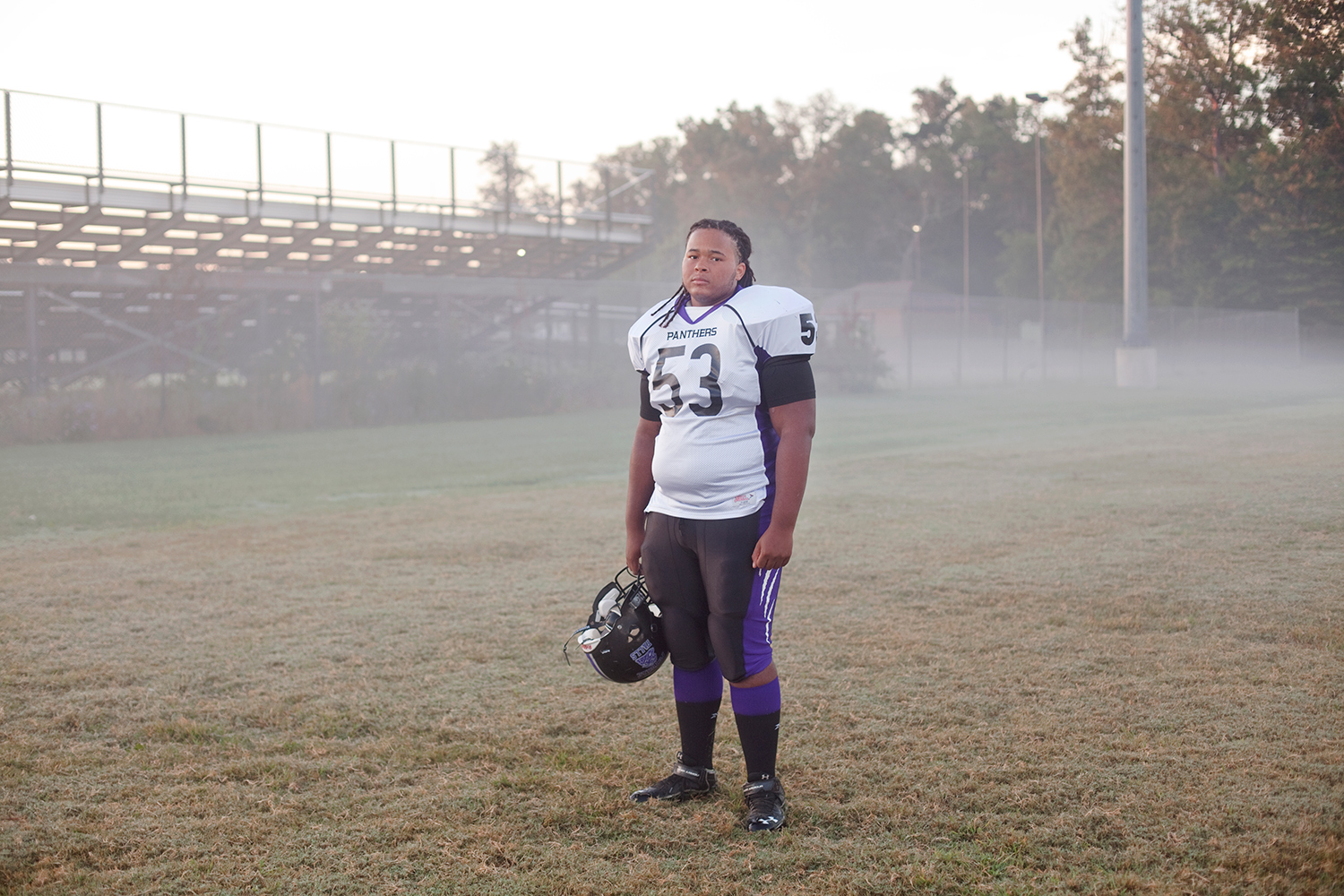
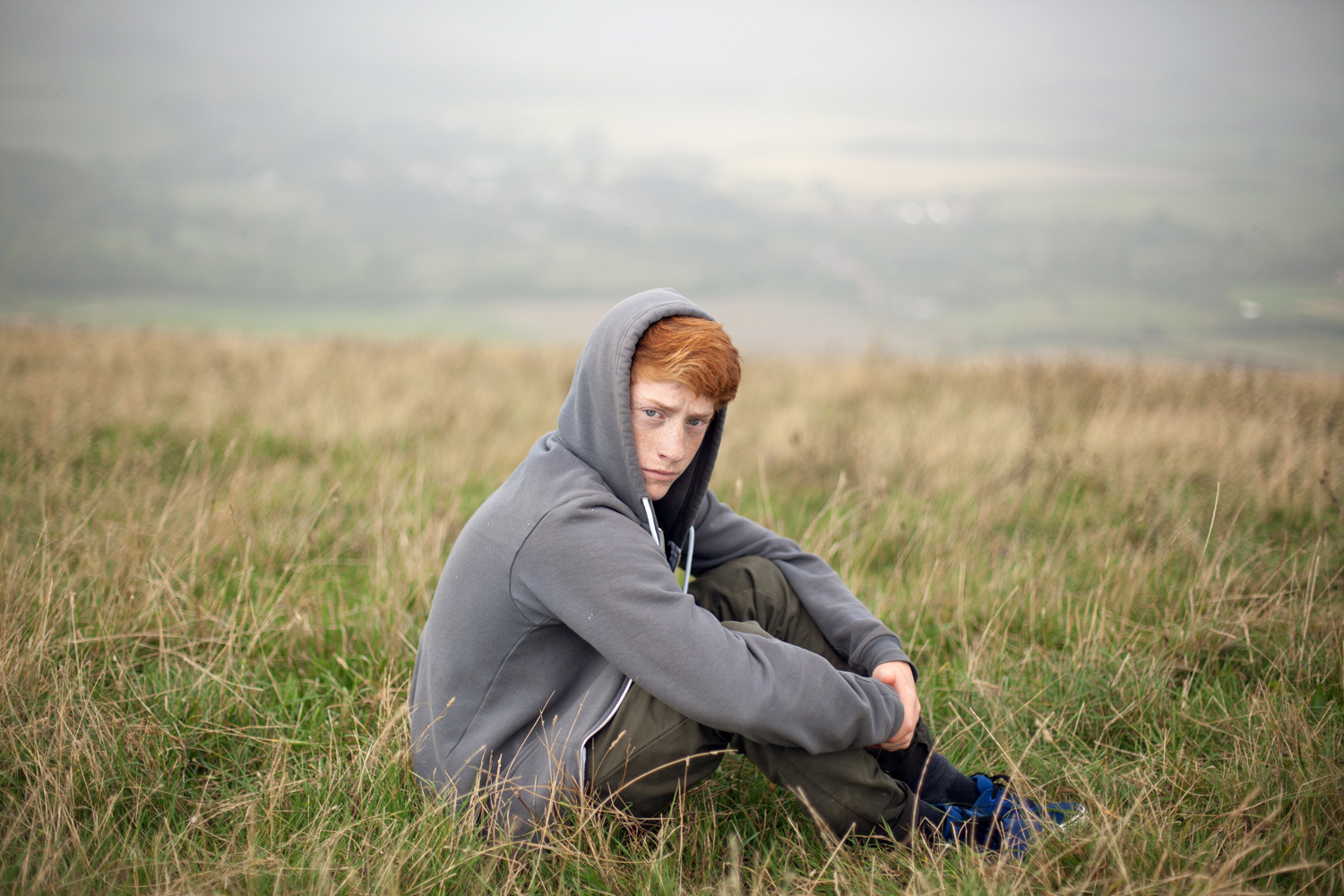
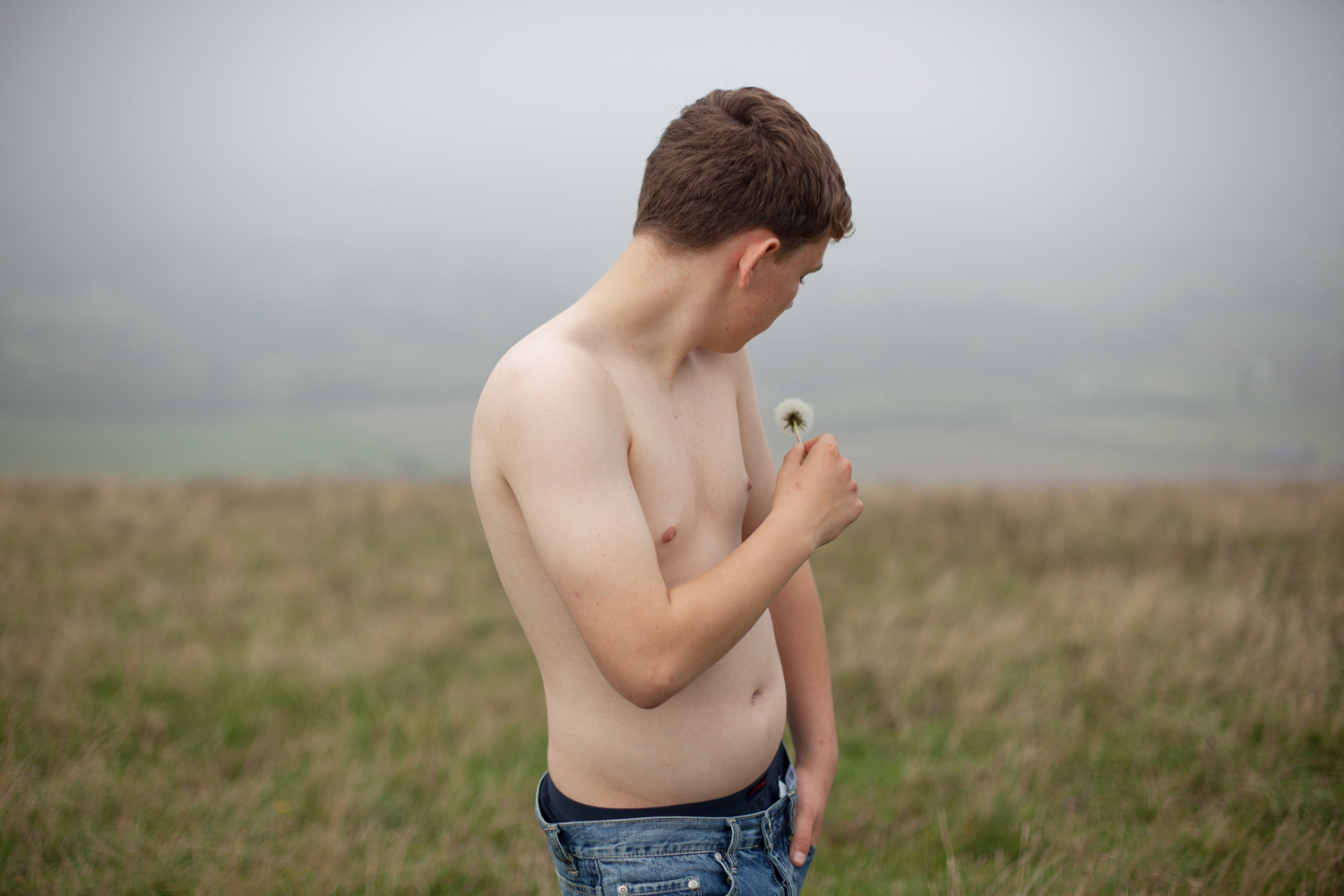
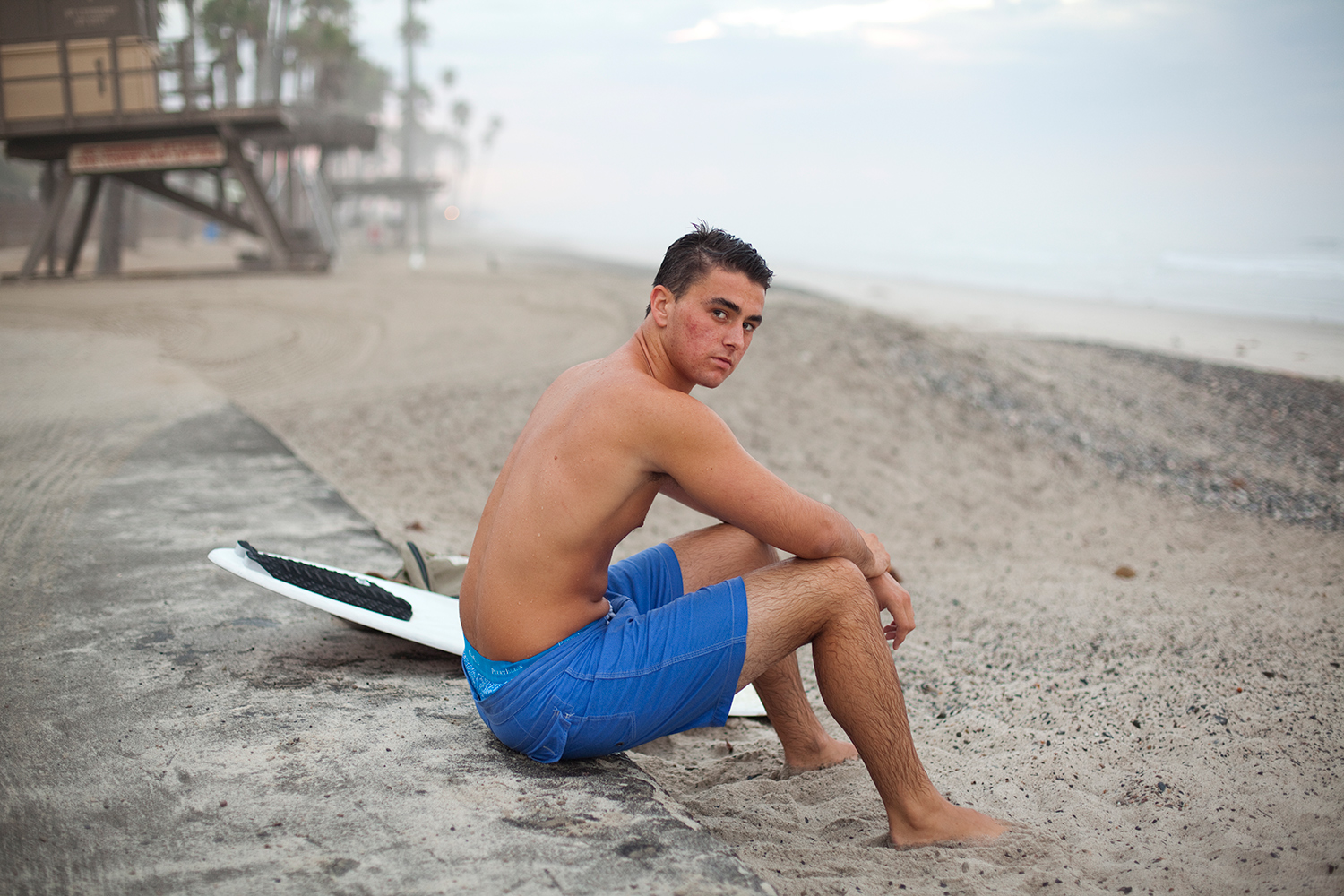
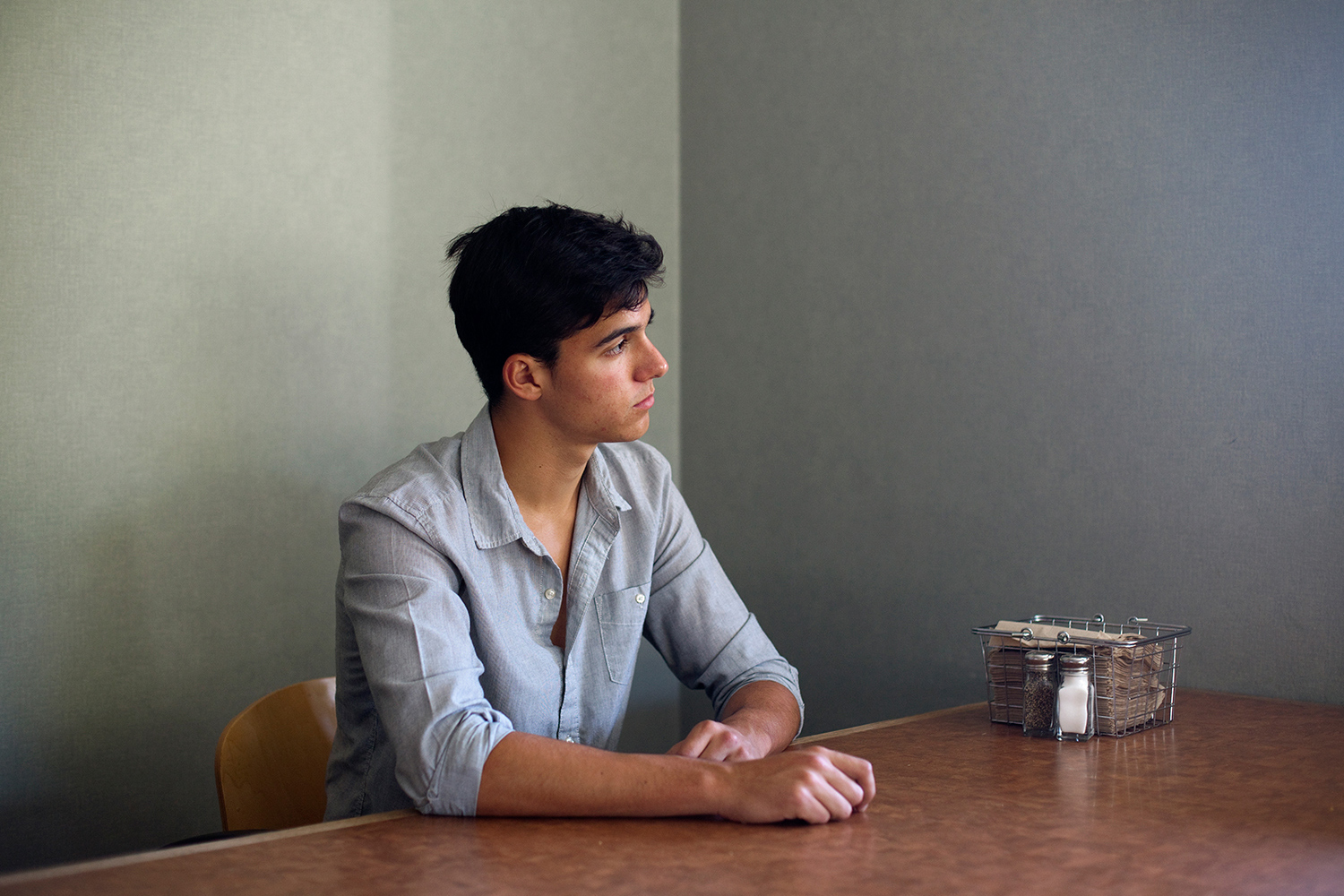
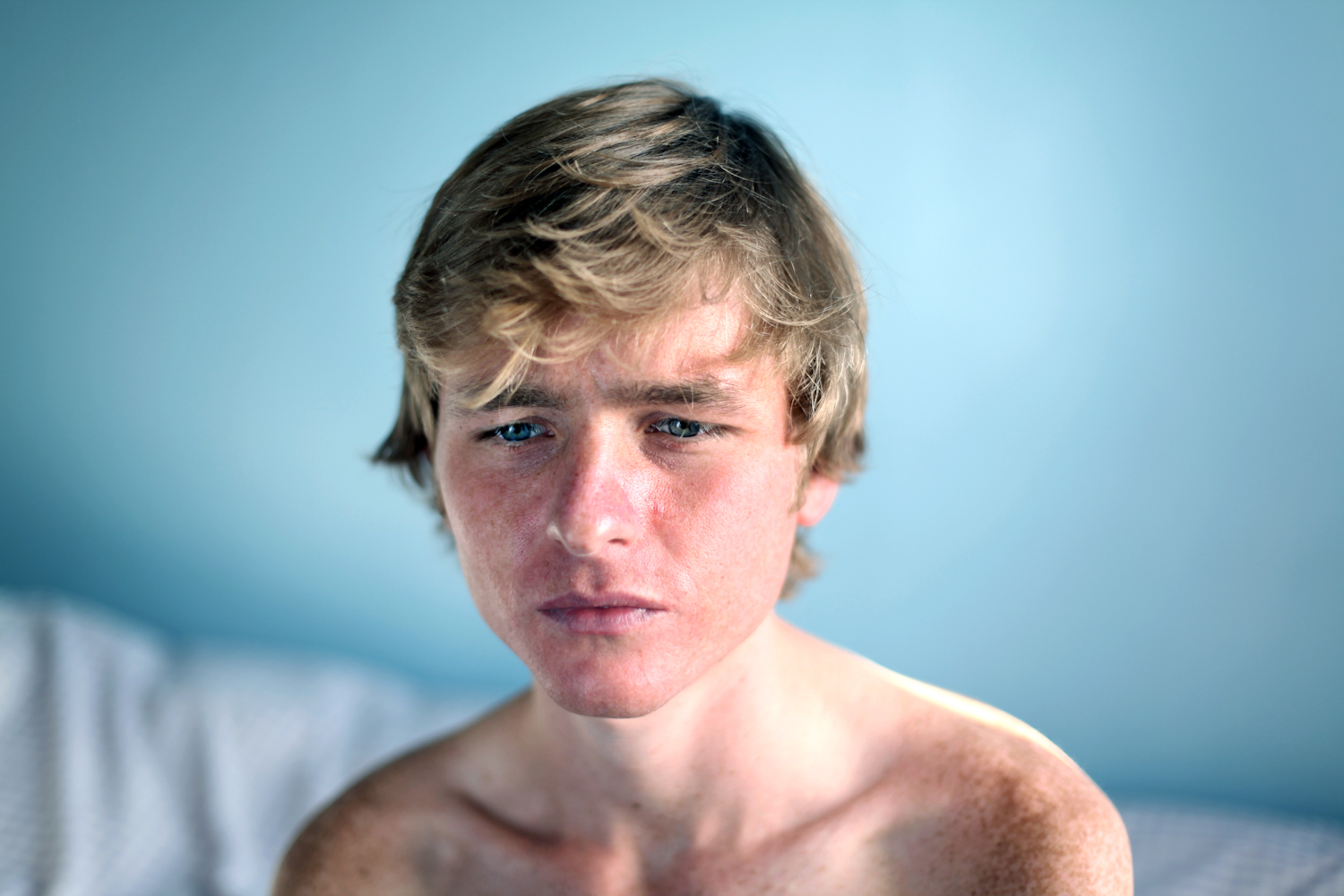
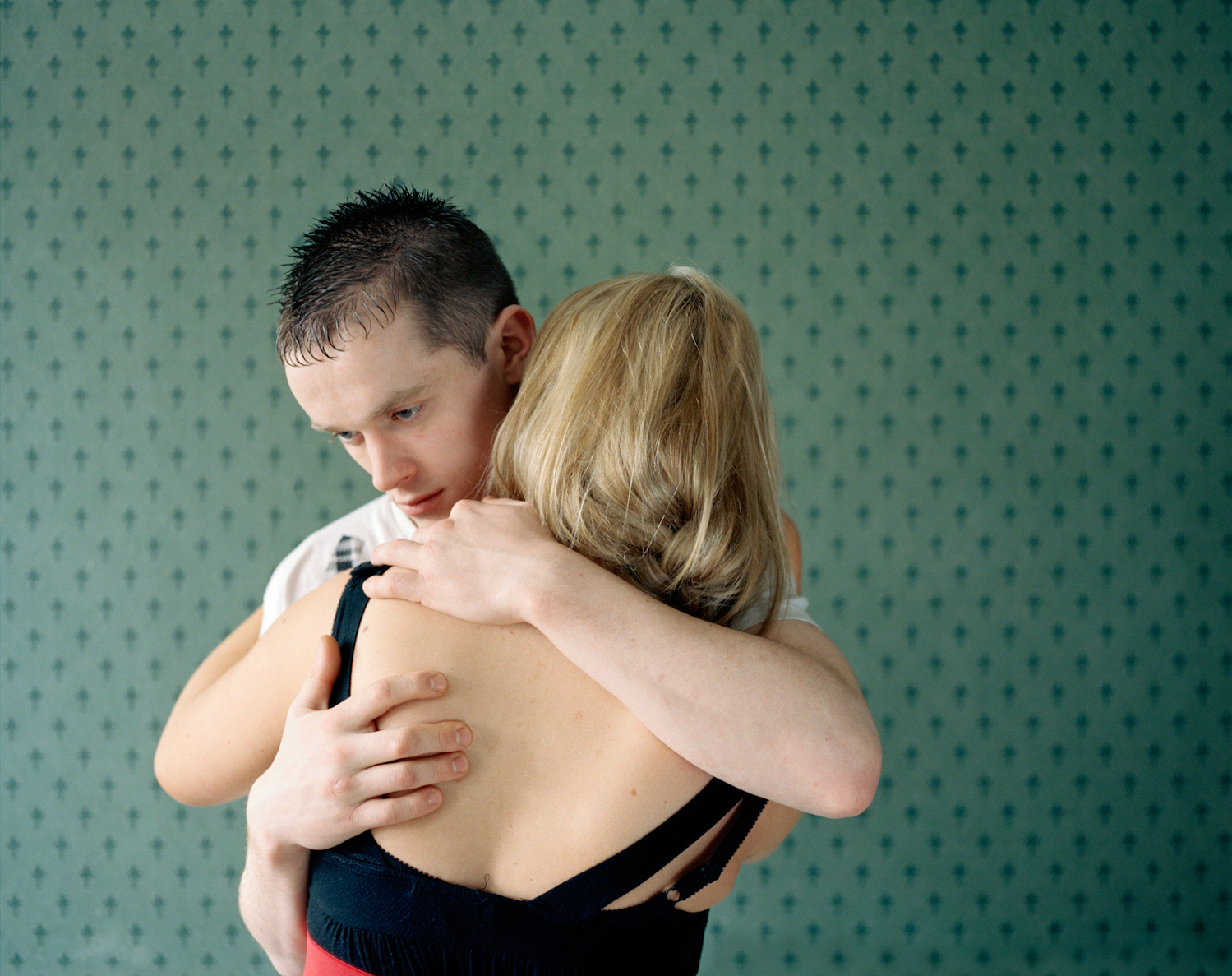


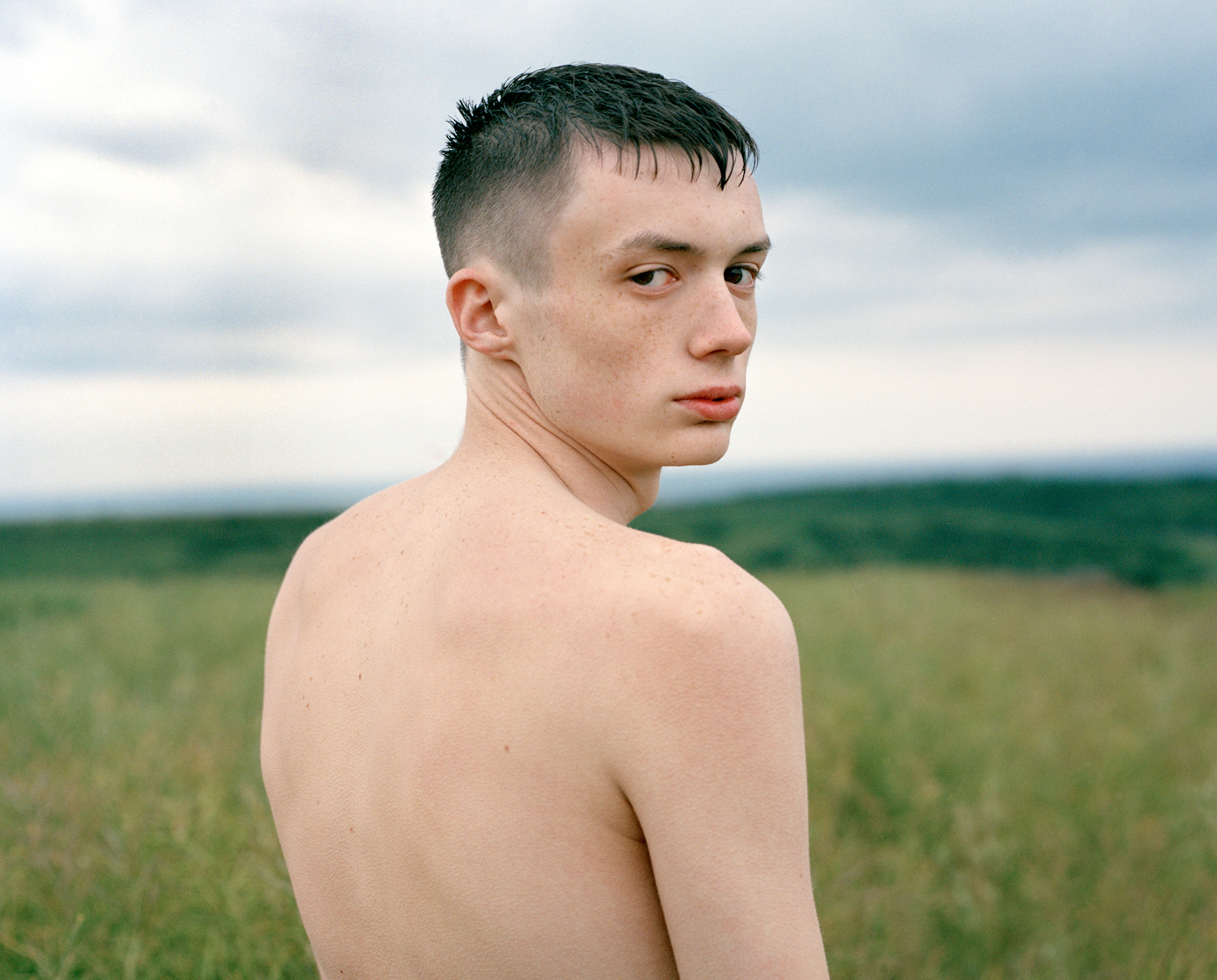

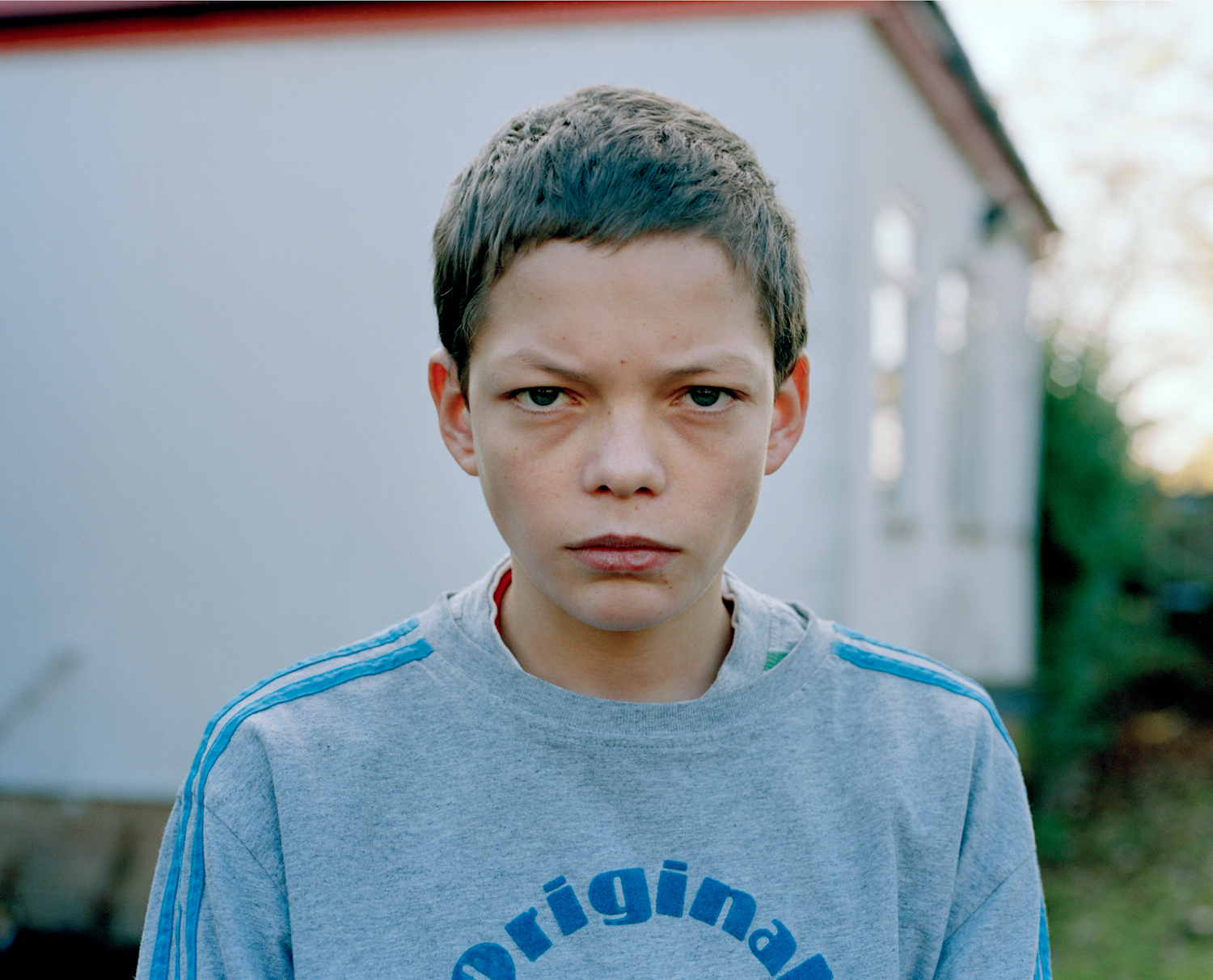
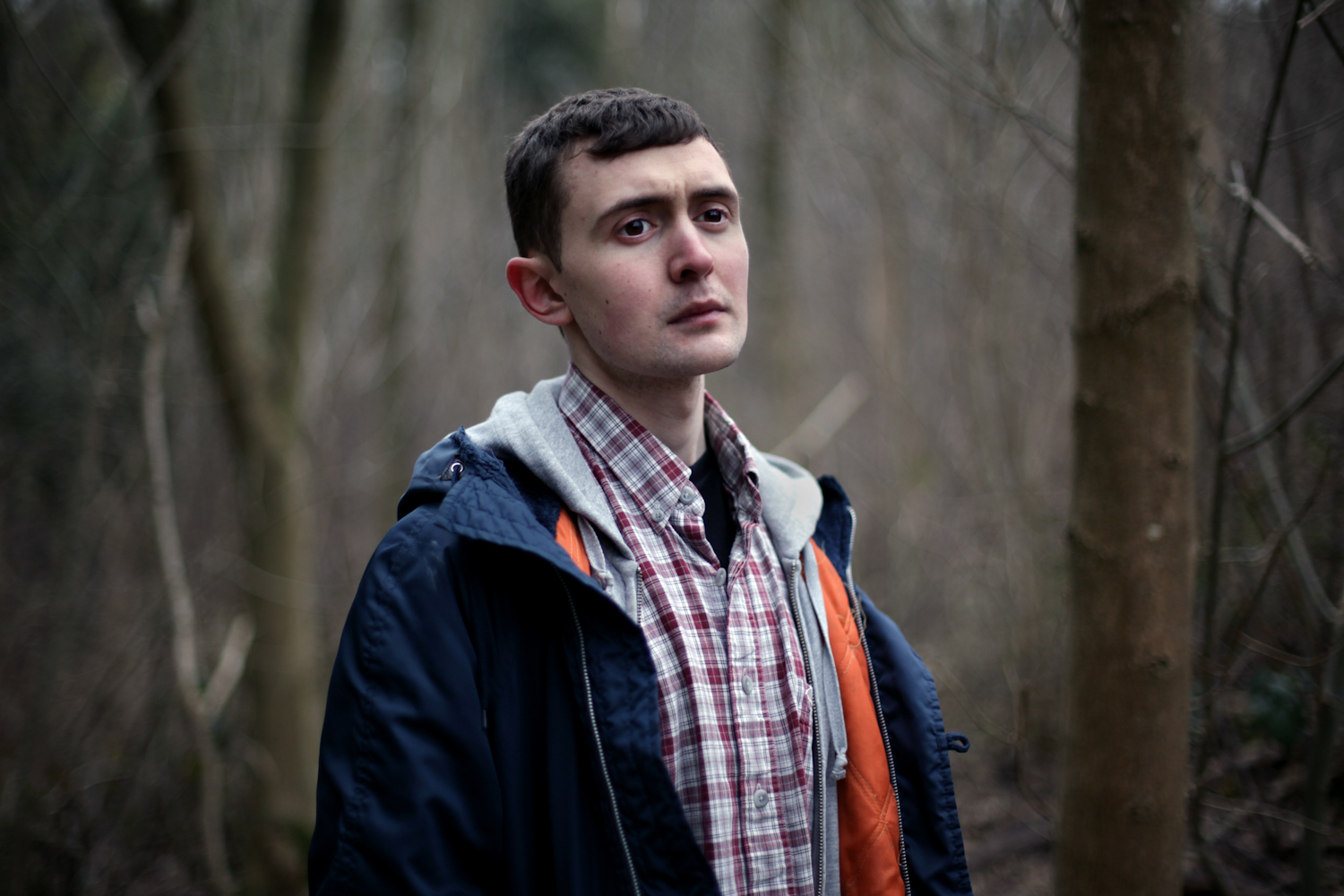
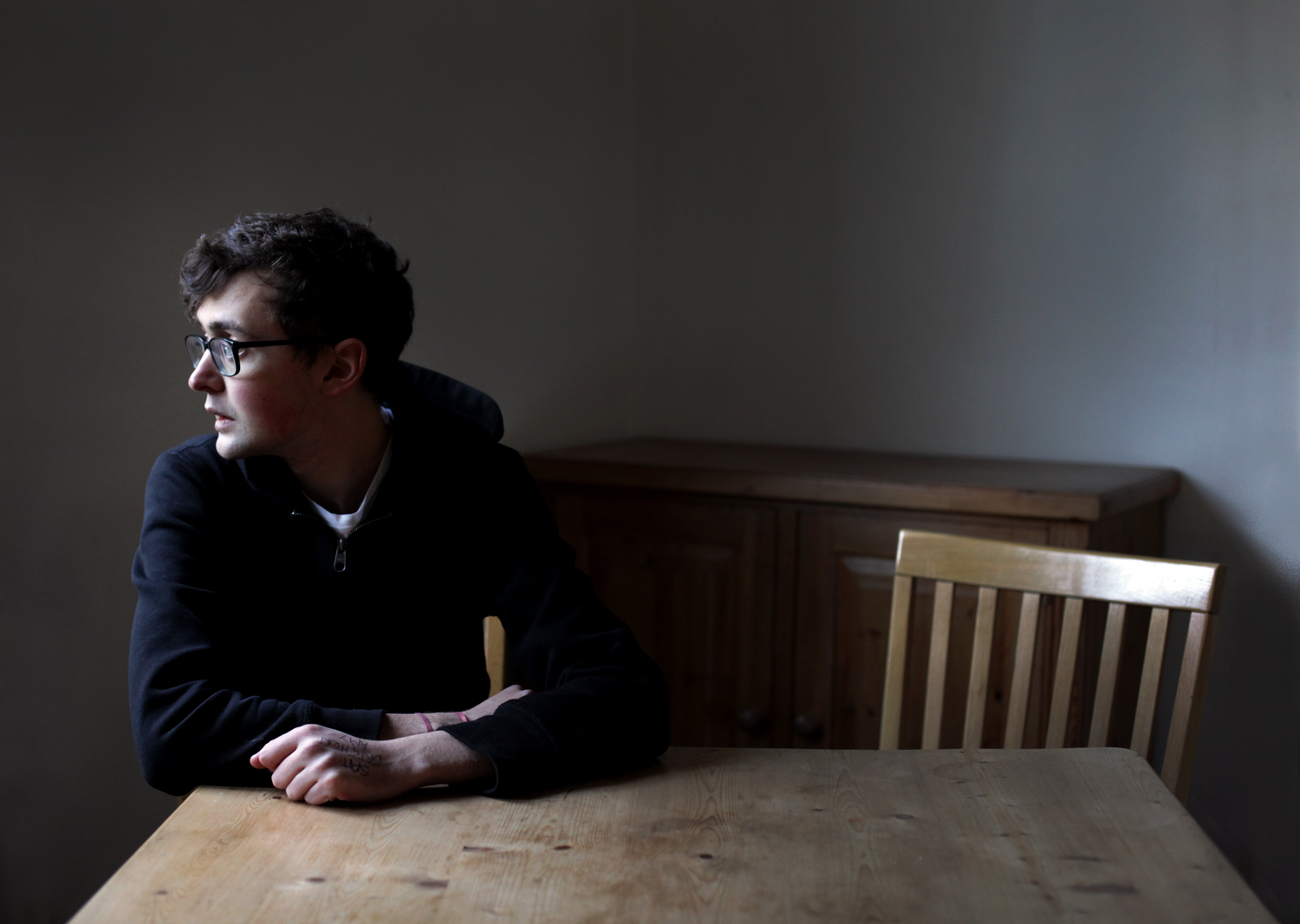
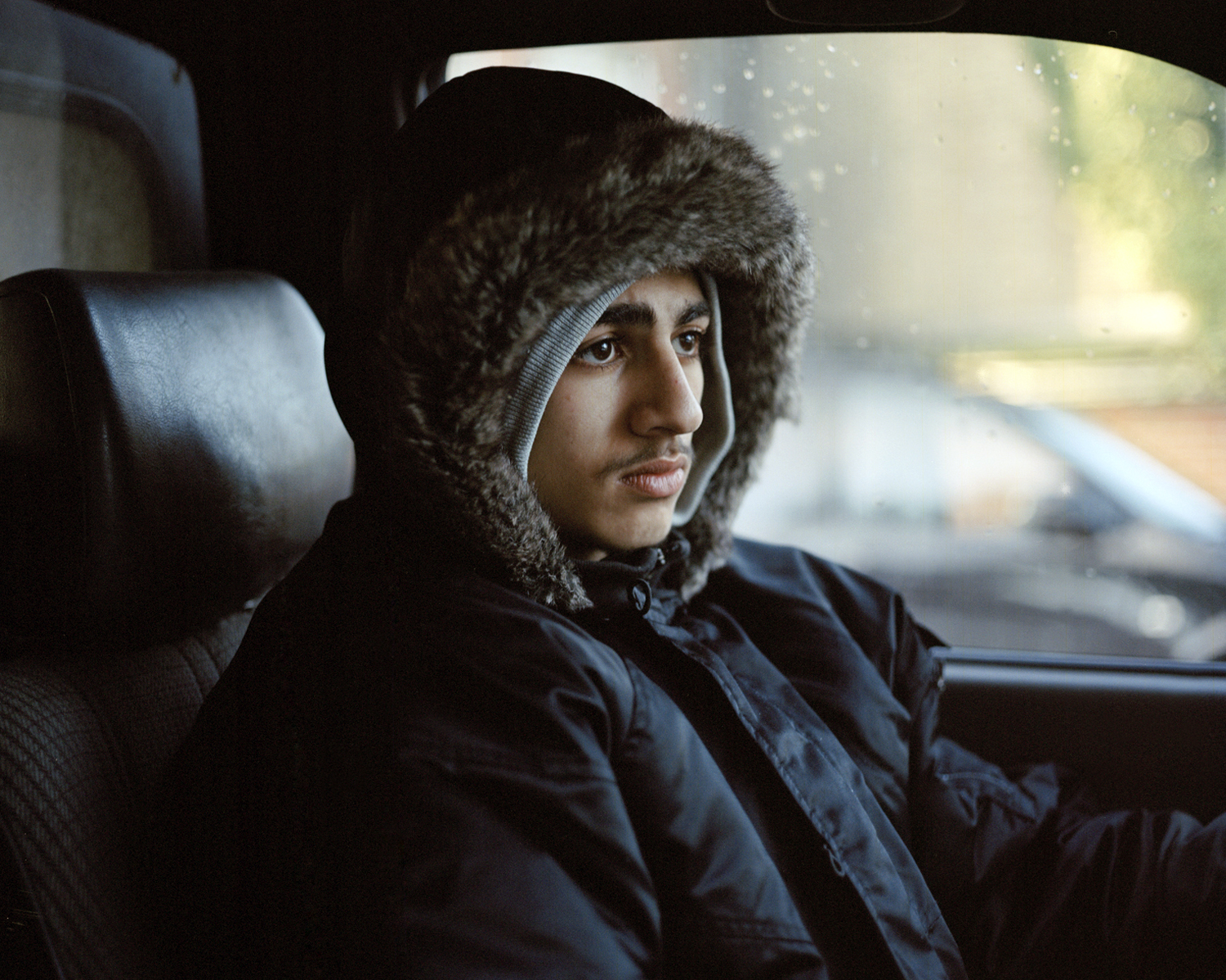
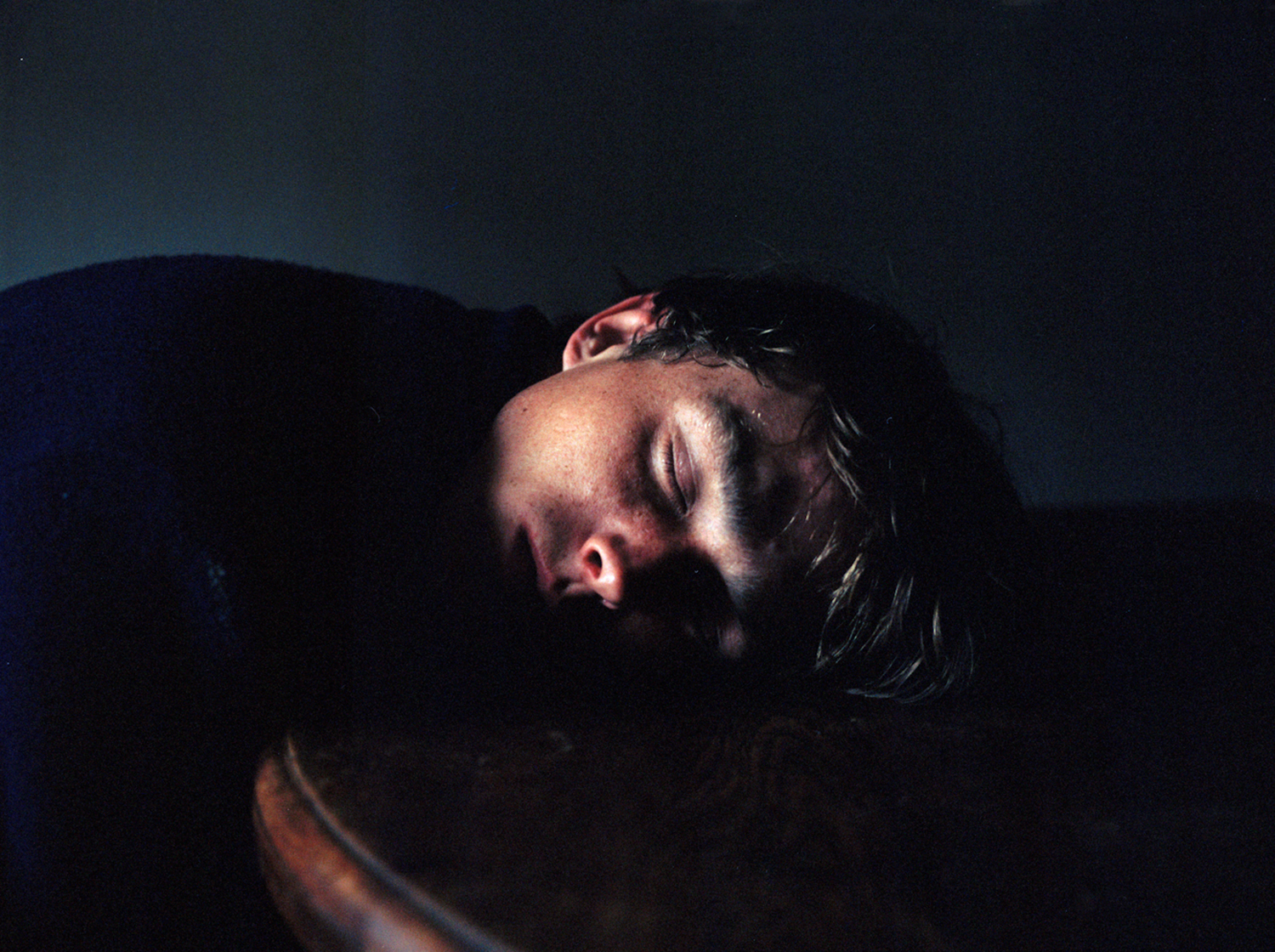
More Must-Reads from TIME
- Donald Trump Is TIME's 2024 Person of the Year
- Why We Chose Trump as Person of the Year
- Is Intermittent Fasting Good or Bad for You?
- The 100 Must-Read Books of 2024
- The 20 Best Christmas TV Episodes
- Column: If Optimism Feels Ridiculous Now, Try Hope
- The Future of Climate Action Is Trade Policy
- Merle Bombardieri Is Helping People Make the Baby Decision
Contact us at letters@time.com